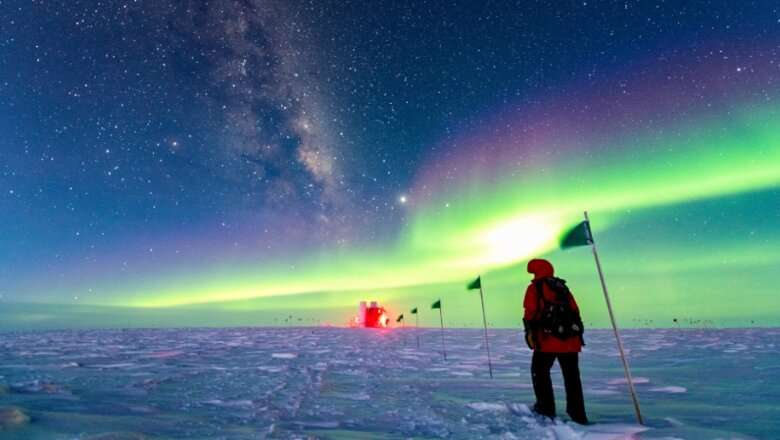Searching for quantum gravity from under the ice

King's experimental physicist, Dr. Teppei Katori, is a lead analyst of data gathered by the IceCube Neutrino Observatory in the search for quantum gravity. The observatory, buried deep beneath the Antarctic ice, detects astrophysical neutrinos—subatomic particles that travel billions of light years at very high energy.
Research published in Nature Physics reports on the latest findings from the IceCube. Researchers took data on the composition of neutrinos observed by the IceCube over a period of seven and a half years and compared it to the expected composition had they been affected by modified space-time structure due to quantum gravity.
The experiment found no discernible evidence of quantum gravity. It did however further improve understanding of models that could change neutrino composition.
Commenting on the findings, Teppei said, "Scientists all over the world study neutrinos as a way of investigating the fundamental make-up of the universe. The observations from the IceCube are helping to push the boundaries of our understanding of space-time."
More information: The IceCube Collaboration, Search for quantum gravity using astrophysical neutrino flavour with IceCube, Nature Physics (2022). DOI: 10.1038/s41567-022-01762-1
Journal information: Nature Physics
Provided by King's College London





















